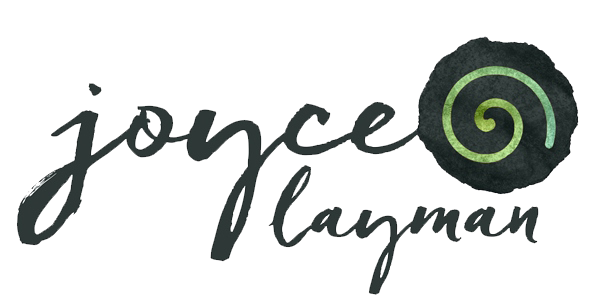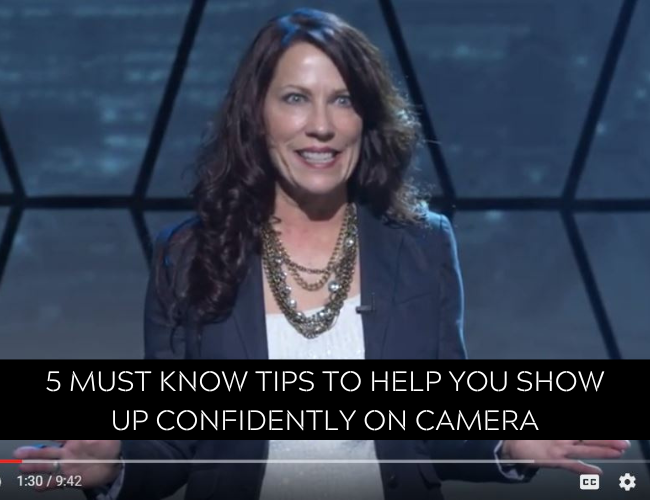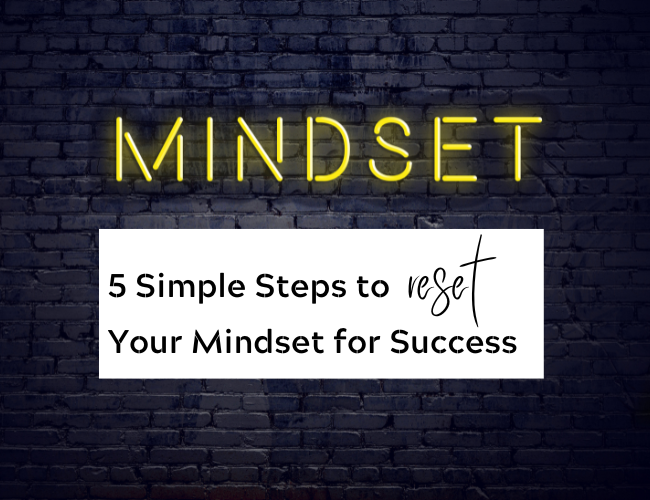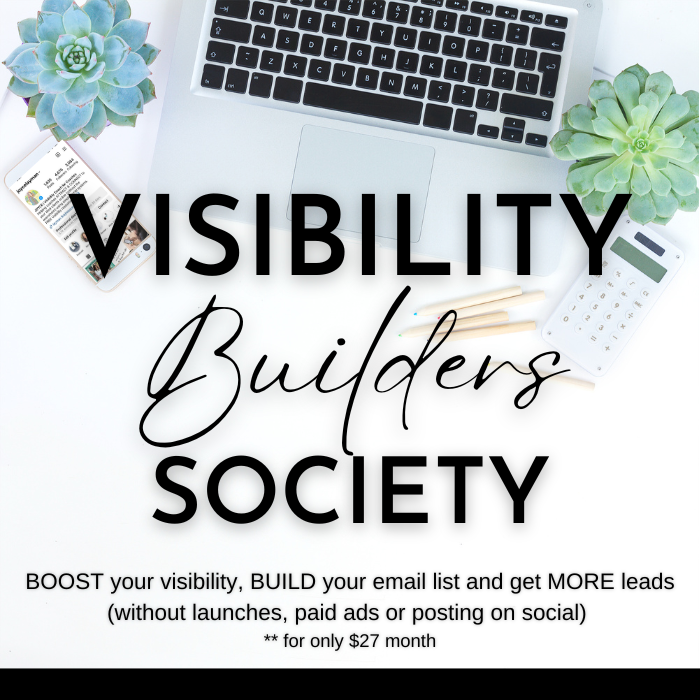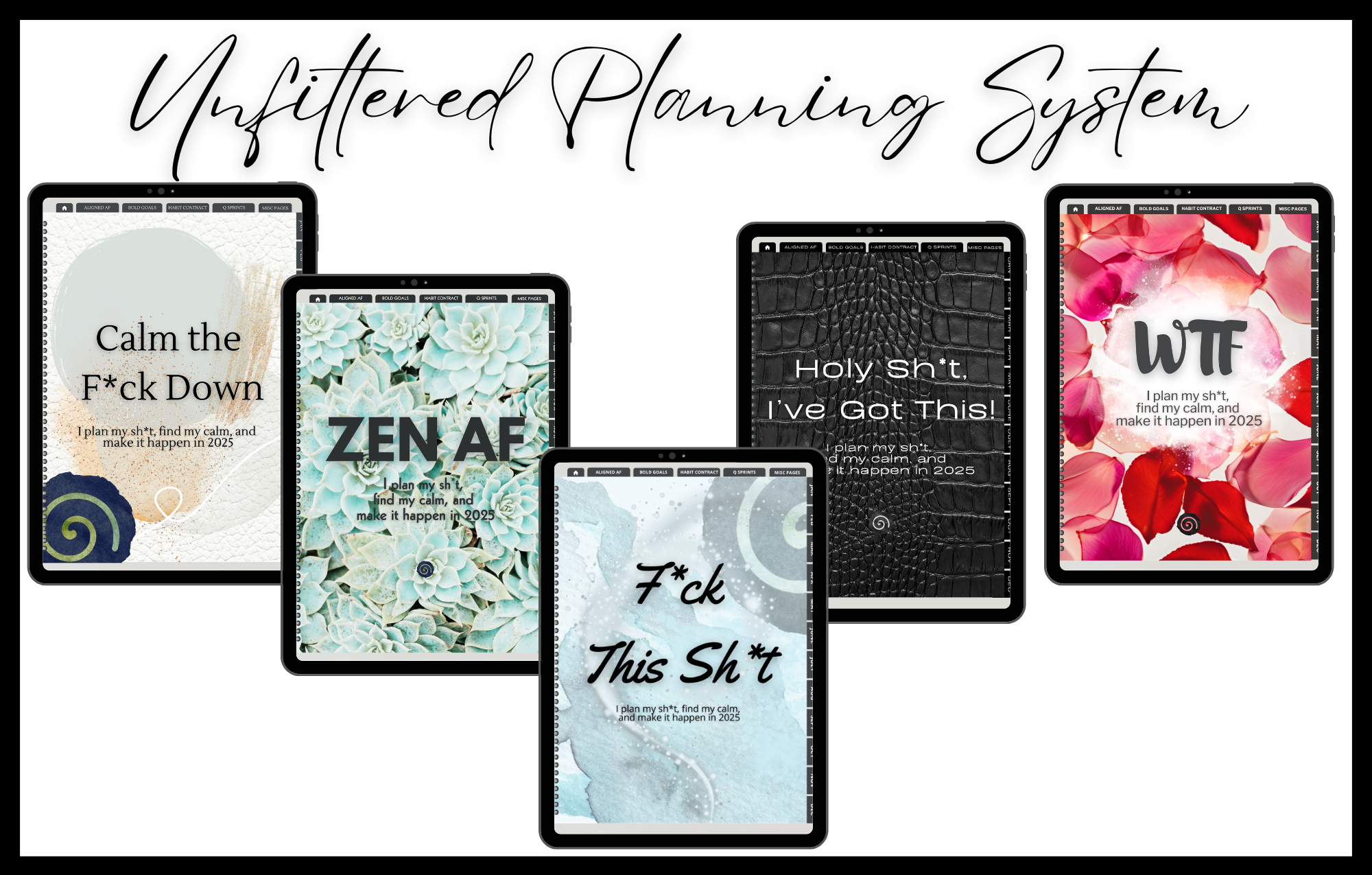You want to get better results, but you don’t know how. You may feel like you’re stuck in a rut and that you can’t seem to break out of your current patterns. Most people try to make a big change in their mindset all at once, and then they quickly give up when they don’t see the results they want.
There are three unexpected ways to shift your mindset so you can start getting better results. By following these simple tips, you can create a new mindset that will help you achieve anything you set your mind to.
There’s no doubt that mindset is a huge factor when it comes to achieving success. But what if you’re doing all the “right” things, and still not seeing the results you want? Maybe it’s time to try something different. Here are three unexpected ways to shift your mindset and get better results.
You Are Drawn Towards What You Think About
Does this sound familiar? You wake up with big ugly hair, are running late, get stuck in traffic, mulling over something unsettling that happened at work yesterday, maybe a difficult conversation or a deadline you’re facing. Problems are multiplying like rabbits and it’s not even 9am.
It’s a phenomenon called negativity bias. It means your mind reacts to more quickly, strongly and persistently to bad things than to equivalent good things. This is important when you were being chased by a lion. Today the lion is your cell phone, an abundance of emails, traffic and sometimes the people in your life.
Negativity bias has a big influence on our lives. The same instinct that kept us safe through years of our evolution can impact our actions and our relationships – including at work, and not in a good way.
- Our hard-wired Fight or flight response leads to negativity bias.
- Did you know that the ratio of negative to positive thoughts is 9 to 1, and over 60% of what you think is reliving the day before or being worried about the future.
What you feed your mind matters
Here’s the kicker: the way the subconscious mind works is that you’re drawn toward what you think about. Golfers know that if you think “water” and you hit………..water. Racecar drivers are taught that if they’re in a spin, they should focus on the recovery point because changing where they look shifts their body. For those of you who have kids, think back to when they were learning to ride a bike. There’s something in the road, maybe a rock and you yell “Don’t hit the rock!” What do they do? They smack right into it!
When facing changes or learning something new, too often we focus on the rock instead of past the rock.
Consider your focus. If you focus on what’s going wrong, you’ll see more so.
Research shows it takes 15-20 seconds to store new information in your long-term memory. Take time daily regularly to think about what you’ve accomplished. Look for the good things. Even if they’re small they still can make a big difference!
To prime your creative subconscious for the better, do this exercise to do each night before you go to bed: Think of three things that went well that day and write them down.
Now that you know how your mind can take you off track, let’s talk about your RAS and goals.
Your RAS and Goals
You’ve heard setting goals is important. Well here’s something you may not be aware of to help you reach your goals. The Reticular Activating System (RAS) is a built-in filter system, a net-like grouping of cells in the brain’s central cortex, that sorts and prioritizes all of the information coming at us through our senses. Its primary function is to alert us to information that is of value or threat.
Our RAS has Formed over 100k years ago as a survival mechanism. Based on past experiences, our RAS knows what we value or fear and raises our awareness about situations that could affect our behaviors. Examples are the value of a baby’s cry to its parents or the presence of a potential threat, like a spider or snake. We could be totally focused on something else (or even sound asleep) and the RAS will immediately pull our attention to the situation because it’s important.
IMPORTANT: We can program our RAS when we set goals because each new goal is declaring a new significance to us. The RAS goes to work scanning for the information we need to complete the goal. Try using it the next time you need to find a parking place. This is NOT law of attraction – it’s your RAS at work looking for clues.
When I taught programs on networking, I showed attendees how to use their RAS to spot opportunities in the least likely places. If you’re online – it’s like your brain is doing a keyword search.
Be clear and specific about the goals you are setting. You set the goal, and then your RAS will help you find the resources, tools, and ways to accomplish it.
If you find yourself saying yes but, what if and I don’t know how to, then there’s a good chance you just hit a comfort zone.
Comfort zones are defined as a behavior that minimizes stress and risk, like Sheldon Cooper sitting in his spot on the couch. It’s a daily routine. Our comfort zones are hard to change. Why is that?
We’re on subconscious autopilot 95% of the time. You think you’re in control but you’re not. To your subconscious, comfortable means safe, and pushing comfort zones means danger. It’s easier to stay comfortable. This is one of the reasons you’ll find yourself procrastinating or as I say creatively avoiding the very things you want to do that will move you towards goal achievement.
That leads us to the third tip to help you change how you think.
How to Change How You Think
Changing your mindset—making that leap out of your comfort zone—isn’t easy, I know. It’s not just our subconscious minds but our beliefs that get in the way. It takes intentional effort to do it, but it’s worth it. If you need more convincing, here are some interesting findings.
In a TED talk on stress, Kelly McGonigal shared a study that tracked 30,000 adults in the United States for eight years. They were asked two questions:
1) “How much stress have you experienced in the last year?” and 2) “Do you believe that stress is harmful for your health?” Then the researchers used public death records to find out who died.
People who experienced a lot of stress in the previous year had a 43 percent increased risk of dying. But that was only true for the people who also believed that stress is harmful for your health.
People who experienced a lot of stress but didn’t view stress as harmful were no more likely to die. In fact, they had the lowest risk of dying of anyone in the study, including people who had relatively little stress.
The researchers estimated that over the eight years they were tracking deaths, 182,000 Americans died prematurely, not from stress, but from the belief that stress is bad for you. That’s over 20,000 deaths a year. Now, if that estimate is correct, that would make believing stress is bad for you the 15th largest cause of death in the United States last year, killing more people than skin cancer, HIV/AIDS and homicide.
Dealing with change or making a change is about changing your mind before anything else.
Here’s what I’ve found in my efforts to change how I think.
- It’s normal to feel anxiety and tension when you set new goals because you are pushing comfort zones
- The key is to practice with small things. Anything that gets you out of your regular routine—try brushing your teeth with other hand, or driving a new way to work, or switching your brand of coffee 🙂
- Once you start intentionally stepping out of your comfort zone, it gets easier over time.
- Successful people are not only willing to get uncomfortable, but they choose to make a habit of it. They move through challenges instead of stalling out with yes buts, what if’s, and I don’t know how to’s.
Mindset is something that I am so passionate about because learning this information in 2005 changed my life for the better and I know it can do the same for you. Mindset is a pattern of thought or thinking; our mindset can be fixed based on the belief that we can’t change or grow, or it can be based on the belief that we can continually change and grow.
If you are a GOAL GETTER then be sure to grab my FREE 90-Day Success Planning Training (complete with guide and video tutorial to walk you through it).
Get Your 90-Day Planning Training
